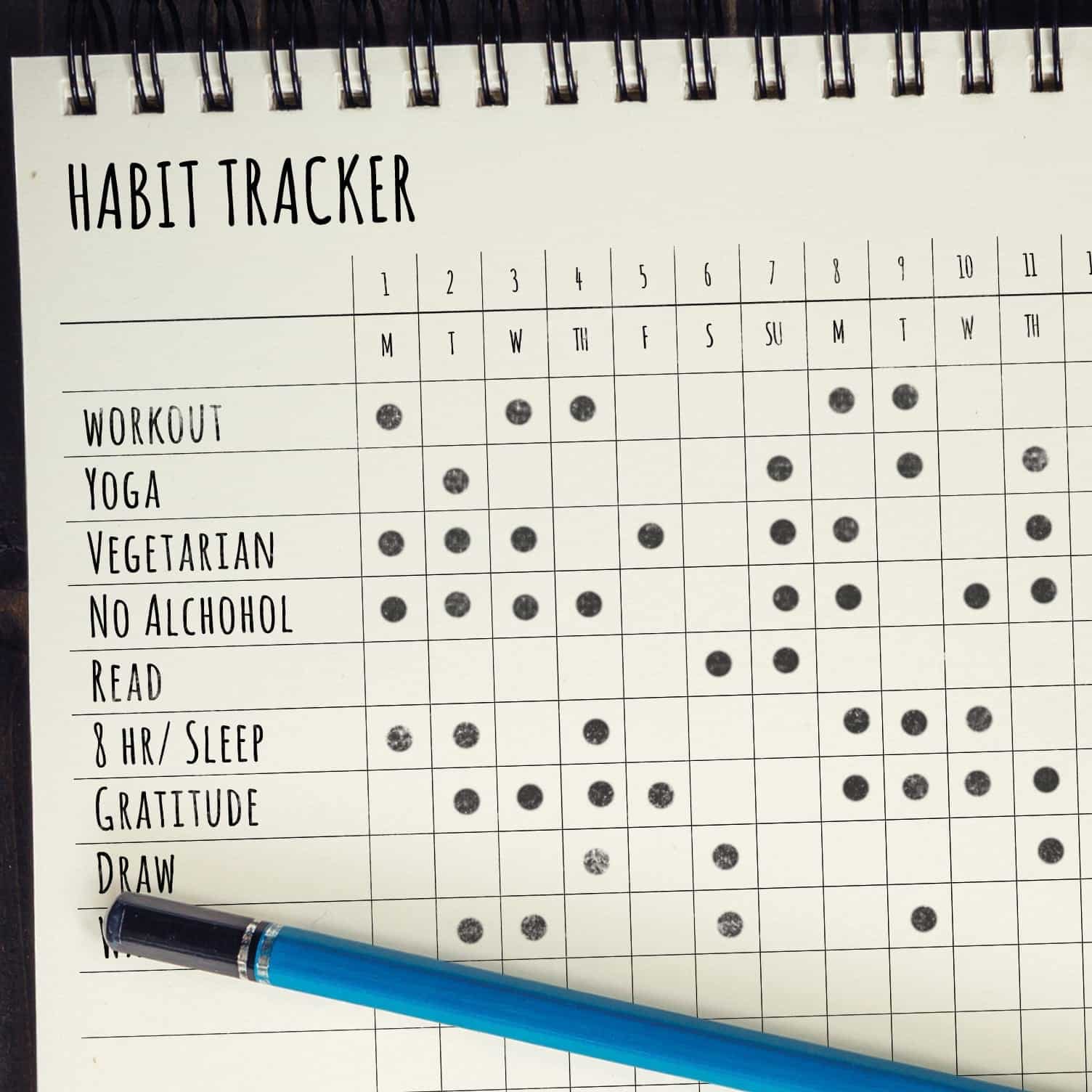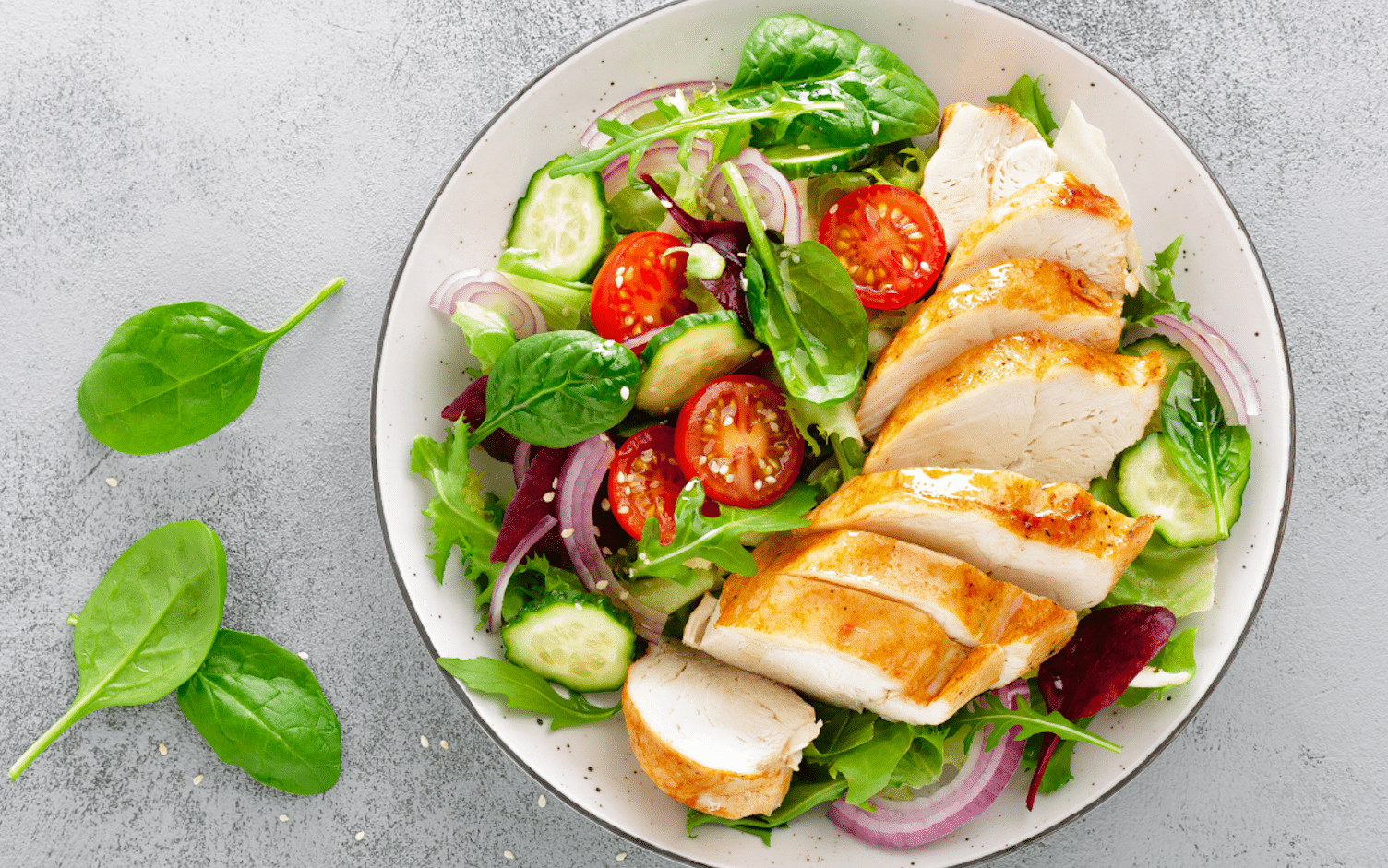Bullet journaling is an internet sensation that actually focuses less on digital and more on going analog. At its core, it’s a paper-based way to organize your life, combining a calendar, to-do list and journal into one system that’s as artistic as you want to make it. If you’re looking for reasons to give it a try, it’s supposed to make you more productive, help you sleep better, reduce anxiety … and the list goes on.
Finding myself at the start of a new year with a lot of goals in mind for 2018, I knew I needed a new system, so I decided to see if the hype was true. I’ve always loved notebooks, sticky notes and lists, so this wasn’t too much of a stretch. After six months of bullet journaling, I feel more productive than ever — and I even sleep better.
Here are the five main lessons I took away from six months of bullet journaling:
THINKING LONG-TERM REDUCES ANXIETY
Bullet journaling makes you start each month with a to-do list and forces you to migrate old tasks you didn’t finish from the previous month. I was used to making to-do lists weekly and for some reason I felt less guilty when I didn’t get to something. But with a month’s tasks in front of me, it was easier to prioritize and tackle them item by item, rather than trying to cram all my to-dos into one day. Plus, the to-dos don’t disappear (like they do, say, in the iPhone reminders app), so you get that sense of accomplishment for much longer.
Consulting this to-do list in the morning and before bed kept me focused since everything was on paper instead of floating around in my brain. I was able to go to bed each night without swirling thoughts and wake up with a clear plan the next day. I found myself falling asleep easier and ready to pick up my journal in the morning.

TRACKING BREEDS HEALTHY HABITS
The most useful page I implemented in my journal was a habit tracker. I put together specific habits I wanted to stick to or simply keep track of and filled the slots in at the end of each day. Examples include: exercising, hitting 10,000 steps and going the day without sugar.
It doesn’t always have to do with health: I’ve also been tracking the days I set aside time to read and the ones where I didn’t spend any money, which made me analyze my purchases in a different way than I normally would.
JOURNALING CONNECTS THE DOTS
I track my meals on MyFitnessPal, and I’m simultaneously tracking how I feel on a day-to-day basis in my journal. Using the trackers in tandem helped me better understand how two glasses of wine at night could affect me the next day or how eating certain foods affected my energy level.
GRATITUDE WORKS
If gratitude is a trend, it’s the best one I’ve seen in years. Spending a few minutes each day jotting down three things you’re grateful for is a practice no one can complain about. It lifts your spirits, helps you reflect and puts things into perspective. Doing this daily put me in a good mood, no matter what. I even often did it in the morning and at night, so I feel the benefits at both times.
CHANNELING YOUR PAST HELPS YOUR FUTURE
Bullet journaling not only helps you with a sense of accomplishment as you look back on completed tasks, you can also use it to track other things that can help you in the future. For example, I kept a log of the books I was reading, the travel I did and the restaurants I went to. This way I could recommend great books, places and restaurants to friends as well as look back on these lists when I wanted to recall something for myself.
It’s easy to be overwhelmed by bullet journaling at first, especially because the set-up takes a bit of time, so it seems like it will take up a lot of time. But I usually only spent about 5–10 minutes per day on it. Remember, if you’re dedicated to your digital system, know that this analog system can be a complement to what’s on your phone or computer.




